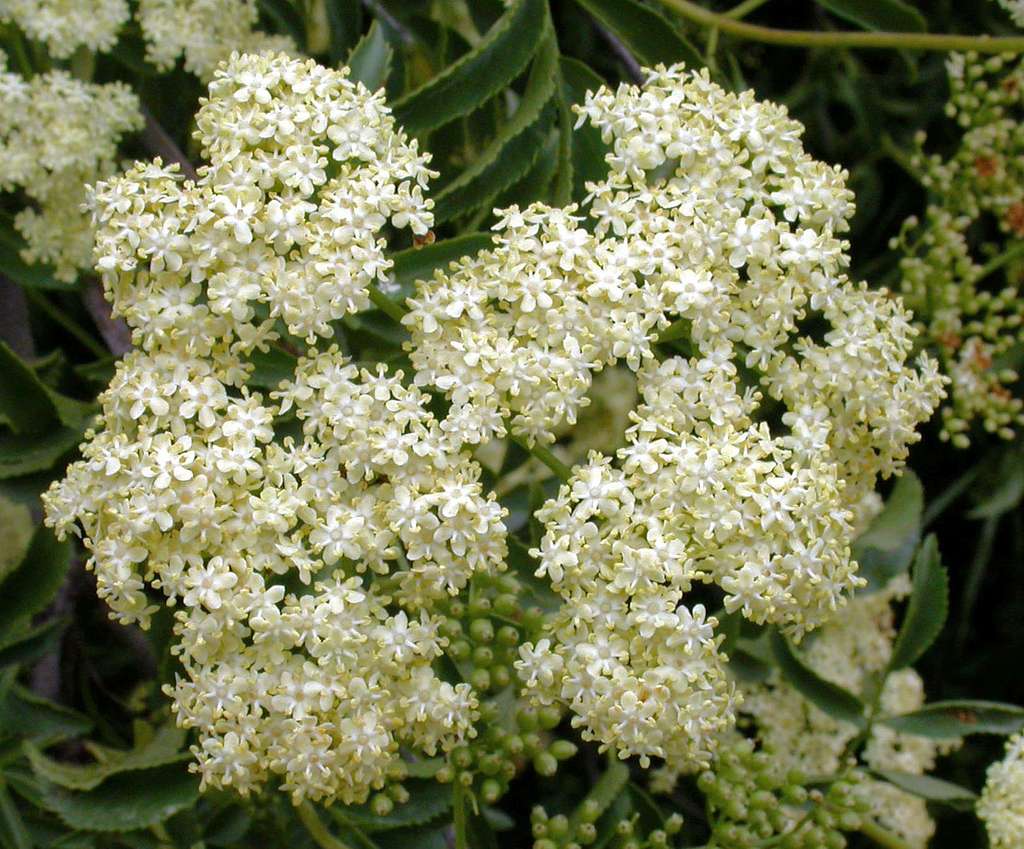
Blue elderberries, native to California, grow throughout the Northwest and are found here in Trinity and Humboldt Counties. These trees are known for their dainty elderflowers, nutritious elderberries, and hard, hollow wood. Indigenous people have long maintained relationships with elderberries. This food source carries medicinal benefits, famously made into elderberry syrup to promote a healthy immune system and
fight respiratory illnesses.
Photo adapted from Pinnacles National Park, National Park Gallery.
Animals, too, enjoy the berries as they ripen in the summer months. Elderberry trees serve as habitat for native bees and the valley elderberry longhorn beetle, because of the spongy tissue of their twigs. This pithiness also makes the wood uniquely amenable to crafting cultural materials, like arrows and flutes. Tribal practices, like cultural burning, ensure longevity and health of elderberry bushes.
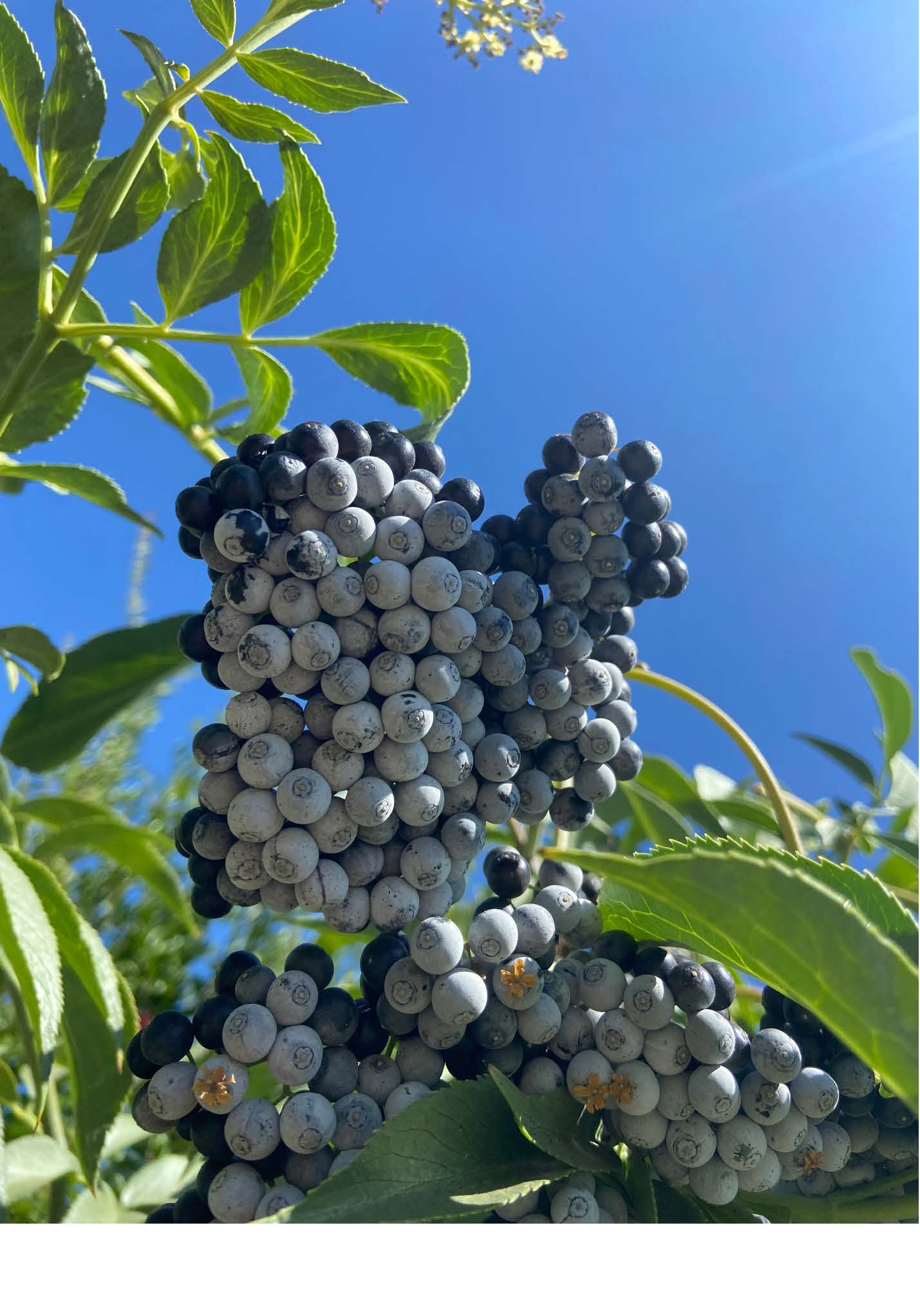
What’s in a name?
Local Indigenous languages all have names for elderberries
- Ch’iwhiwh
- yúxaas
- ta’amo’ ‘wer-nerh
- luu-k’vm’
In Hupa, ch’iwhiwh means elderberries. Much like German, Hupa words build description. So ‘elderberries’ translates literally to ‘what one sips through,’ and bears information about how the wood was used.
Yúuxas, in Karuk, means elderberry. Yúuxas ánav means elderberry medicine.
In Yurok, elderberries is ta’amo’ ‘wer-nerh. Ta’amo’ meaning elderberry bush, and nerh a shortened form of nerhpery, berry.
In Tolowa, blue elderberry is luu-k’vm’ and red elderberry is chvn-su’lh.
Indigenous plant names reflect the relationship that group has built with that plant. Some ask, why learn a lesser spoken language? Here is one of the many reasons to do so. Indigenous languages have grown around the environments their speakers lived in, and the needs, wants, and interests of those speakers. So being, they are laden with Traditional Ecological Knowledge (TEK). The vocabulary regarding elderberries, for every Indigenous language, expresses a unique worldview. When used, the line between generations of elderberry enthusiasts flows complete.
When and How to Pick
Blue elderberries will flower in the late spring. This is a good time to identify the
locations of your nearby trees, as they won’t stick out quite so much once the flowers
fall. Flower heads can be clipped and dried. Elderflowers have a “diaphoretic quality
which lowers fever (LaPena et al.).” “Fresh or dried, the flowers are steeped to make a
potent tea to reduce fever (Karuk Tribe et al.).” It is pertinent to remove all stems, as
only the flowers and berries can be consumed. Berries will ripen later in the summer.
Typically, they ripen earlier inland and later on the coast.
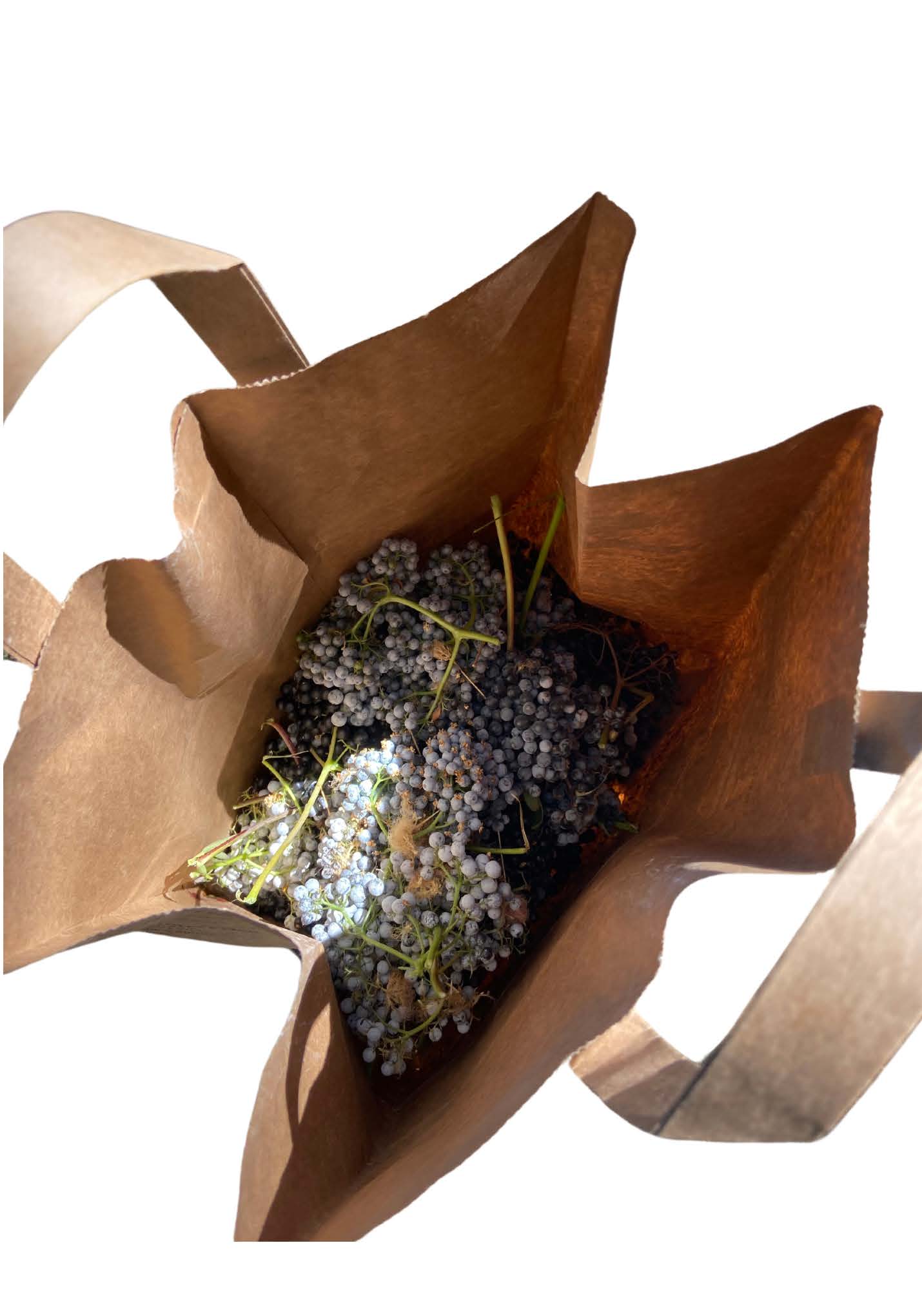
I’m a beginner when it comes to picking elderberries. I’ve learned to only pick them when they’re ripe, when the whole flower head has dark blue or dusty grey berries. Any green berries should not be consumed. Go elderberry picking when there is lots of light and good visibility. To pick berries, it is practical to clip heads of berries and later comb them from their stems. As a general rule, don’t take too many from one tree. Leave some for the birds.
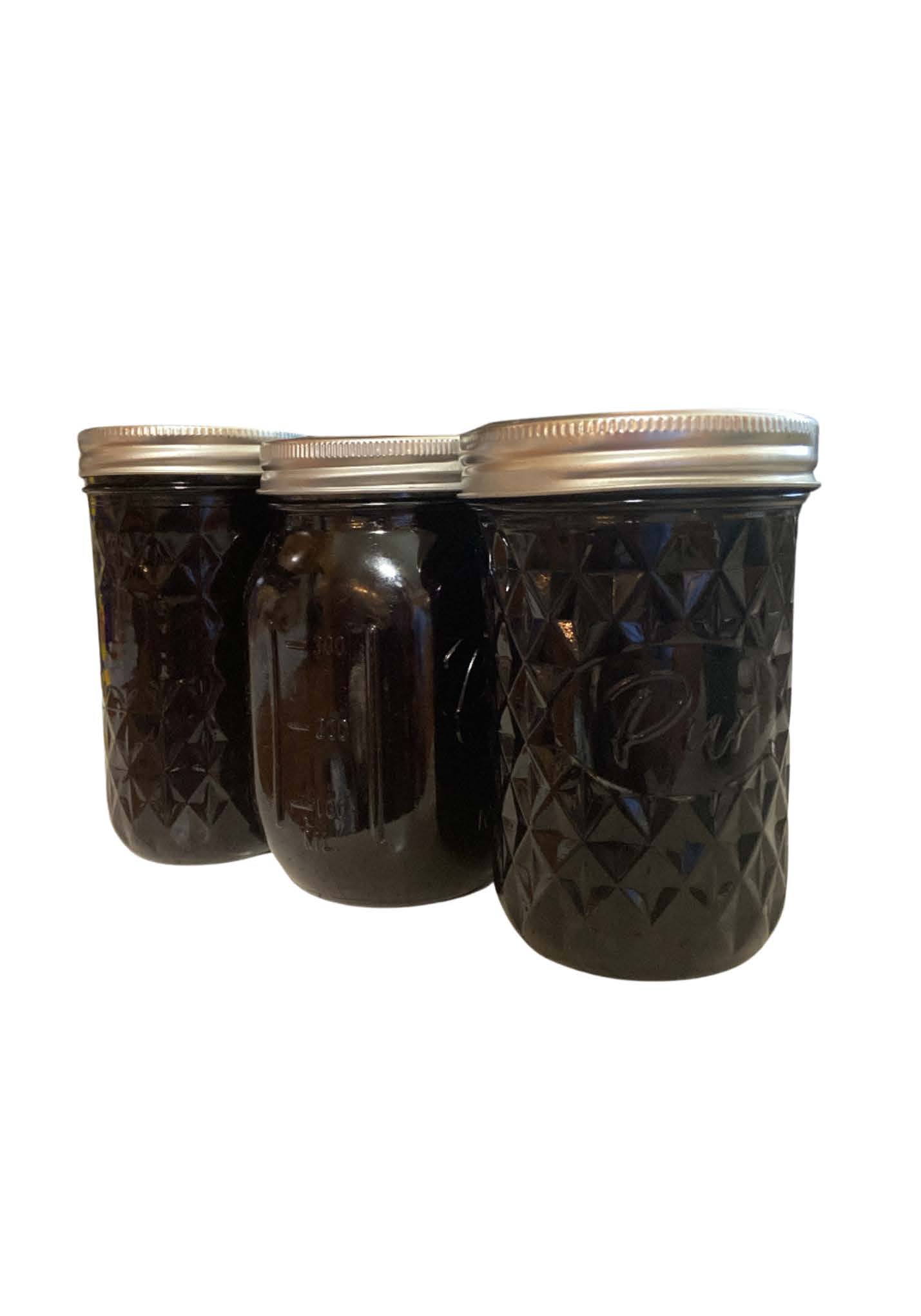
Elderberries can be used in an array of baked goods, syrups, and jams, and can also be dried and eaten. Avoid eating fresh berries as they can cause nausea, easily done as you might find they’re not so sweet.
Works Cited
- Karuk Tribe. “Uxraah: Native Edible Berries.” G8L2NativeEdibleBerries_booklet, United States Department of Agriculture, nctcc.org/wp-content/uploads/2017/05/G8L2NativeEdibleBerries_booklet.pdf. Accessed 14 Oct. 2024.
- LaPena, Sage, et al. “Indigenous Perspectives on Elderberry Uses – California Elderberries.” University of California Agriculture and Nature Resources, University of California, ucanr.edu/sites/Elderberry/Indigenous/Indigenous_perspectives/. Accessed 14 Oct. 2024.
- Lowry, Judith Larner. “Blue Elderberry.” California Foraging, Timber Press, Portland, Oregon, 2014, pp. 57–59.
- Unless otherwise noted, all photos were generously provided by Muriel Ammon.
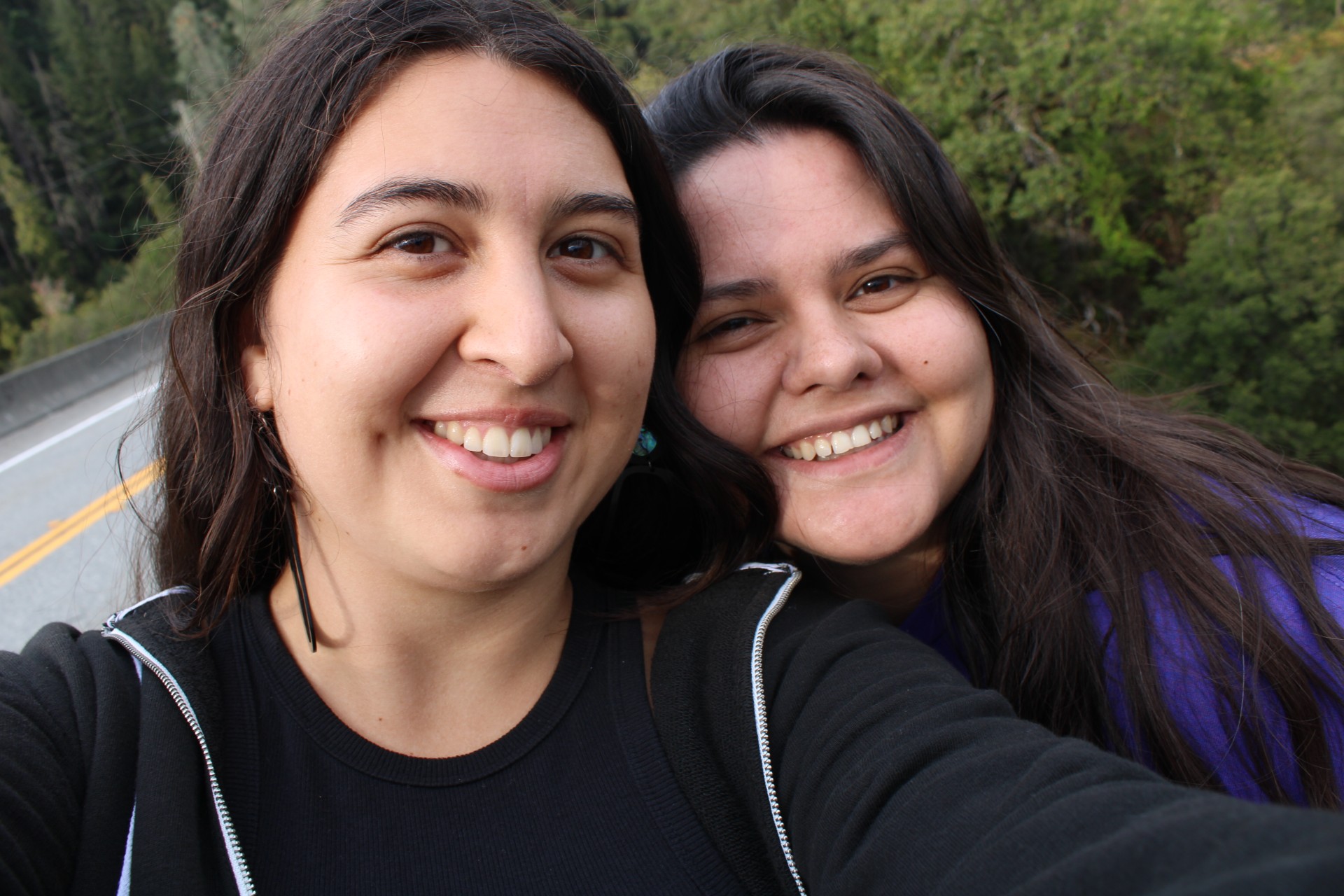
Muriel Ammon
Muriel Ammon (Tsnungwe, Hopi) is a graduate of Dartmouth College and the Southwest Institute of Montessori Studies. Ammon is passionate about Indigenous language revitalization. She has many Hupa language teachers, including her dad, Verdena Parker, and Melodie George-Moore. One of her favorite parts of learning Hupa is connecting to the plants and animals in her backyard.
Other Work
Ammon, Muriel. News from Native California. Picking Elderberries Like Squirrels. September 20, 2024
